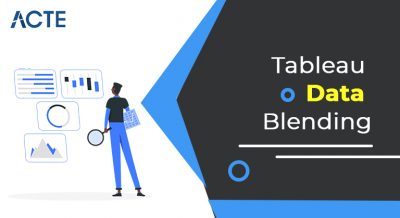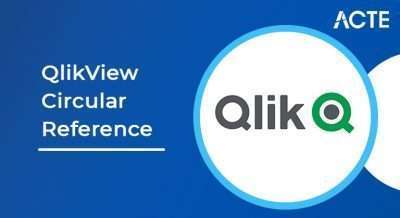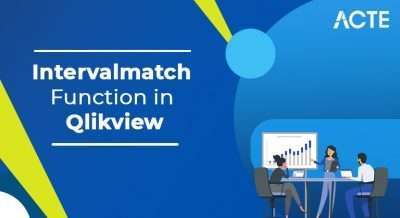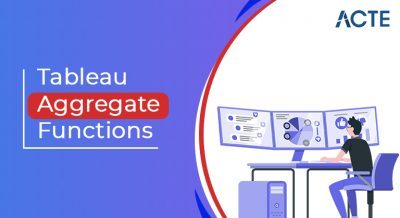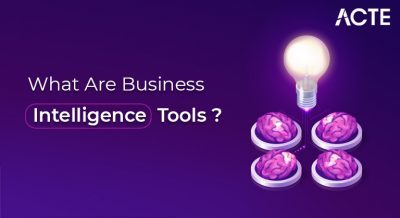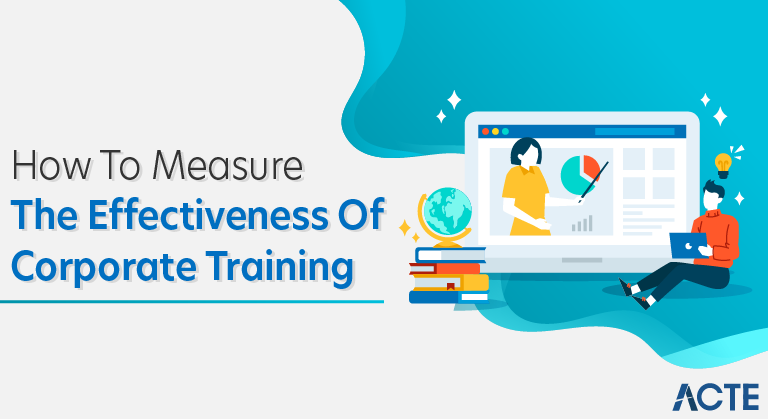
Training Programs involve significant investment in terms of time and money. Therefore, measuring the ‘Return on Investment’ of training becomes critical. Evaluating the effectiveness of your corporate training programs through scientifically validated techniques is called Training Effectiveness measurement. To evaluate the Training Effectiveness, start by identifying Why, Who and What to train, followed by the respective training.
A new innovation in the market occurs each day, given the intensely competitive nature of the market. A new innovation is one of the reasons that catalyze changes in the aims and objectives of the organization. There comes the need for re-calibrating the skills of employees in terms of competencies aligned with the business objectives.
Organizations go about it by providing training to their employees. Continuous focus on learning & development teaches new employees how to level up with the company’s expectations and provides existing employees with a prime opportunity to expand their present knowledge base.
“If you believe that training is expensive, it is because you do not know what ignorance costs.”
The issue is that training is viewed as a cost and not as an investment. In fact, learning and upgrading the skills of the employees make business sense. The interesting part is that it is a continuous process starting from the very first day. The actual issue in this rapidly growing economy should be the various ways in which companies provide training to their employees and whether they are effective enough to impact employee growth and thus meet the business objectives.
Traditional Approach to Measuring Training Effectiveness
The term ‘training program’ is often welcomed with a resonating sigh when discussed in the meeting room. The goal of these training courses—and most of such programs, for that matter—is to enhance execution and results. However, the way training is provided varies among organizations with differences in targets, products, and employees. 68% of workers claim that training and development are the most important company policies.
- The very first step in training employees is to identify the audience and the specific nature of training needed by them. Most of the companies take into account only the job role and create a one-for-all assessment based on the job role.
- Once the identification part is done, the training is imparted, accompanied by certain methods, such as lectures (online and offline), group activities like role-plays and group discussions or by films and videos.
- The last but the most crucial step is to measure the effectiveness of the training programs executed – which most of the companies either refrain to or follow some ineffective ways that include just recording the reaction of trainees or something on similar lines which has little effectiveness.
The above ways of identification are not all in sync with business objectives. It is a waste of time and resources, for you do not clearly know if the audience in attendance is the same as the targeted one. Also, you are unaware of the suitable content which is to be trained. Also, these ways cannot assure if the program is useful enough to engage employees. A better training effectiveness strategy best measures the RoI of huge investments being made by the company.
These steps have become a part of traditional approaches and do not have much impact on employees. There has always been good training, but there are many others which are not that effective. This is the reason why 40% of employees with poor training leave their jobs within the first year.
Did You Know?
The total loss to a business from ineffective training is nearly $13.5M per year ,per 1000 employees.
“Perfection is impossible, just strive to do the best.” Either you train your employees with the most effective training programs or just go with the flow. There is no point investing in something that cannot guarantee success.
How to Track and Evaluate Training Effectiveness
“Millennials … are more socially and globally connected … than any prior generation. And they don’t question; they just learn.”
– Brad Smith
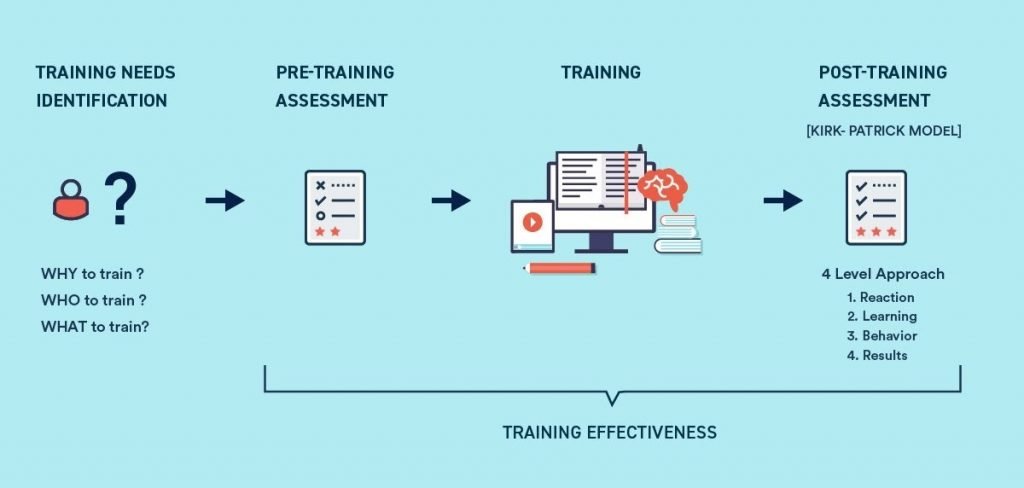
Be it a well-established company or a brand-new start-up, none can afford to overlook training employees, for it will enable an organization to grow and remain competitive. However, there is no ‘one-size-fits-all’ training program. Based on the company’s objectives, aligned competencies, and several other factors, there are certain parameters on which initial decisions can be drawn out.
What is Training Needs Identification
Unlike traditional ways of training, the structuring of a training program should start from the very first step i.e.: to identify the 3-W’s: Why, Who, and What to train.
Let us consider an example of a product-based Company ABC which comes up with an amazing product and teams representing them. Unfortunately, they are unable to achieve to their fullest. However, the committee found out that their sales team aren’t working as expected, for requires their workforce to undergo training. Not all employees need the same kind of training. An assessment based upon the competencies aligned with the organization could suffice the need of managers and give them an idea of:
Why Train?
Everyone is not perfect. Most employees have some weak points or dark areas in their work skills, for which they need to be trained. The assessments could tell clearly the need for training, for they reflect deficiencies and competencies which need to be worked upon.
Who to Train?
Not all employees need to be trained. Neither do all employees need the same level of training. The assessments generate a full-fledged report of employees who need training.
What to Train?
A person with great product knowledge and bad presentation skills cannot suffice the needs of an organization. The managers should have a clear idea of what should the training be all about and which competencies, in particular, are needed.
Role of Training Needs Assessments
Assessments are enough to provide clarity on which employees need training, also in which particular areas. To find out 3-W’s, some of the tools that companies ABC should use are-
- Assessment & Development Centers (AC/DC) – Rafting, sailing, rope climbing (Don’t be shocked!). These are some of the adventure training practiced by companies in order to judge competencies. Majorly focused on who you are and not what you can do, the setup of these centers is not some childish game.
- Well, the median cost of setting up and running an assessment center is £225 for every candidate invited to participate. This includes choosing credible and qualified members for the panel of assessors, designing exercises, activities and other off-site costs. Plus, there is no detailed report of the participant’s performance
Well, setting up AC/DC is one of the effective ways to identify the training needs, yet there exists an alternate blended approach which could suffice the need in a more sophisticated way.
Virtual Assessment/Development Centers – VAC are the automated online version of assessment centers which companies like Mettl provide. It is an approach to selection or professional development on the basis of competencies expected for a concerned role. It gives a detailed and holistic report by assessing the candidate on various aspects and evaluating an individual’s fitment or current proficiency.
The Training Effectiveness Measurement/Evaluation Process considers:
- Cognitive Ability
- Personality Traits
- Demonstrated Behaviors
- Functional Knowledge/Skills
Moving on to the advantages: it is entirely virtual, convenient and hassle-free. There is no special setup required other than computers and internet connectivity. The content of the assessments can be customized based on the organization’s competency framework, target audience, and context. Most important, it is cost-effective and provides completely automated results.
However, there can be cases where VAC’s alone does not work. The organization could come up with a blended approach where offline activities via assessors could give us the required results along with the online assessment.
Another approach for Training Need Identification is via theory tests which again has an alternative discussed below.
Theory Tests – Some organizations still believe in taking theoretical assessments when it comes to training their employees. As human beings we learn more viably through experiential techniques and are energized by, associating with one another. We are social, portable beings and not intended to be stuck at work areas taking notes.
Again, there is a better alternative to theoretical tests which could have a greater impact:
Customized Assessments – Most of the organizational stakeholders believe that a highly customized test which is completely company-oriented is a viable solution to their assessment needs. In this digital world, everyone prefers online assessments to one involving a pen and paper.
These are comprehensive and objective assessments that provide insight into the work-oriented personality of an employee. These assessments are designed according to different job roles. It aims to help candidates leverage their strengths and address their areas of development. Moreover, these assessments are easy to administer. The results are not observer biased as they are quantitative and objective in nature.
Companies that invest in employee training enjoy 24% higher profit margins ,compared to companies who don’t.
A situation may occur where ABC Company is not sure about the effectiveness of these training programs. Let’s discuss Training Effectiveness.
Modern Approach to Assessing Training Effectiveness
“A bad training can take good staff and destroy it, causing the best employees to flee and the remainder to lose all the motivation.”
Talking about the ABC Company, if they arrange training and development programs, then they probably know the importance of evaluating its training effectiveness and ways to measure its ROI. After all, you don’t want to spend time or money on training that does not provide a good return.
- Did the training have a lasting impact on employees?
- How powerful was the training in helping participants increase applicable learning and aptitudes?
- Could the learners apply what they learned and enhance their performance at work?
1. Pre-Assessment
First things first, an assessment is taken which gives a report of proficiency of each participant, across critical competencies- specific set of competencies required to be successful at the workplace across different job roles. These reports are necessary for we cannot go ahead until the correct match between candidate to be trained and competency to be worked upon has been found.
Let’s say there is a company that is experienced enough to identify the training needs. In simple words, they not only understand which employees require training but in what precisely. There are some companies that have a better solution for these cases. The method involved in such companies would include a pre-assessment that could predict an employee’s actual standing as per the competencies aligned to the business objectives.
2. Effective Training
Once the 3-W’s and employee proficiency in critical competencies have been found out, the next step is the training part. This training can be done in various ways. It could be a classroom or instructor-led training or could include interactive methods such as quizzes, case studies, group discussions or some Q & A sessions. This could also include online training such as video-conferencing, audio-conferencing, webinars or distance learning programs.
3. Post-Assessment – How to Measure Training Effectiveness?
The training is followed by evaluating its effectiveness. Fortunately, Some proven methodologies for measuring the training effectiveness already exist. Using the Kirk-Patrick Model, with a simple 4-level approach, one can successfully measure the effectiveness.
Kirk Patrick Model of Training Evaluation
1. Reaction
This level measures how learners have responded to the training, the importance, and the convenience of the preparation. Utilize reviews, questionnaires, or talk to participants to get honest feedback on the training experience. This could include:
- Finding out if the course content was easy and relevant to understand.
- Discussing the strengths and weaknesses of the program
- Asking about the key takeaways
- Understand if the program was successful in matching the learner’s perception and learning style.
At the end of this level, you should be able to look for any sort of gaps in the content.
2. Learning
At this level, you can measure what the trainees have learned and how much knowledge they have gained? This could include:
- Test scores amid and after the training
- Assessment of connected learning ventures
- Course completion and accreditation
After going through these set of metrics, assessment is done again (obviously with an enhanced set of questionnaires) after 3 months. This could again fill the gaps and let the trainees know about themselves better, thus, influencing the training effectiveness.
3. Behavior
This level indicates how trainees apply the information and how has it impacted their performance and attitude at work. It takes 360-degree feedback from supervisors, peers, and reporters. This includes:
- How has learning been actualized at work?
- Are the trainees certain to share their new abilities and learning to their companions?
- Are the trainees aware that they’ve changed their behavior?
4. Results
The last level comes down to the ‘why’ part of training. It actually captures the difference in the participant’s behavior before and after the program. It includes outcomes that the organization has determined to be good for business and employees. The outcomes could include:
- Increased employee retention
- Increased production
- Higher morale
- Improved business results
Training is all about improving performances, be it, individual or group, thus influencing the overall performance of the organization. Each consecutive level is a more accurate measurement than the prior one. In this way, ABC Company conducted training programs and even measured the extent to which the program was successful and the measure of its impact on employees.


